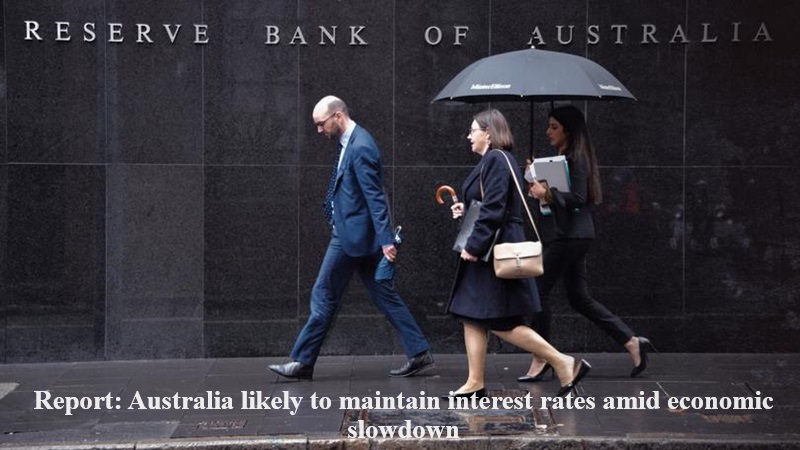
Australia’s Reserve Bank is expected to keep its interest rates steady at 4.35 per cent for the third consecutive meeting, economists predict, amid challenges facing the country’s economy, including rising unemployment and sluggish growth.
According to Bloomberg, the decision, due to be announced on Tuesday, comes as policymakers grapple with uncertainties surrounding the strength of disinflationary forces.
The bank’s meeting, set to commence on Monday, will be closely monitored for indications about its future monetary policy stance, especially in light of global inflationary pressures and slowing economic indicators.
Analysts anticipate that the Reserve Bank of Australia (RBA) will adopt a cautious approach, given recent data pointing to a deceleration in economic momentum.
Australia’s economy expanded modestly by 0.2 per cent in the fourth quarter of 2023, with per capita gross domestic product (GDP) experiencing a decline of 0.3 per cent from the previous quarter, marking the steepest downturn since 1991 outside of the pandemic.
Furthermore, January’s inflation figures came in at 3.4 per cent, below expectations, raising concerns about the sustainability of the moderation in inflation.
Despite worries about slowing growth, Australia’s labor market remains relatively robust, with the unemployment rate at 4.1 per cent, indicating healthy employment levels.
However, there are signs of a slight easing in the job market, prompting policymakers to closely monitor the situation.
The forthcoming release of February’s job data will provide further insights into the resilience of the labor market and its implications for the broader economy.
The Reserve Bank’s decision is also influenced by the red-hot property market, where surging home prices have been driven by supply shortages and robust population growth.
Policymakers are wary of exacerbating the housing market boom, which could have broader ramifications for financial stability.
Moreover, the prospect of future rate hikes by the RBA contrasts with expectations of the US Federal Reserve embarking on its tightening cycle, underscoring diverging economic outlooks between the two countries.
Bloomberg cited Luci Ellis, chief economist at Westpac Banking Corp., who expressed optimism about the economic outlook. He observed that inflationary pressures are abating, which could ease the burden on households.
Ellis anticipates a shift in policy stance later in the year, with the commencement of income tax cuts and the initiation of an RBA easing cycle expected from September. This more accommodative policy environment is expected to support economic recovery efforts.
As the RBA navigates the intricate economic landscape, the upcoming release of the semi-annual financial stability report on Friday will offer insights into the impact of rising borrowing costs on Australian banks.
Despite the tightening monetary policy cycle, Australian banks have weathered the storm relatively well.
The report will shed light on the banking sector’s resilience to evolving financial dynamics and its implications for broader economic stability.

Post Your Comments